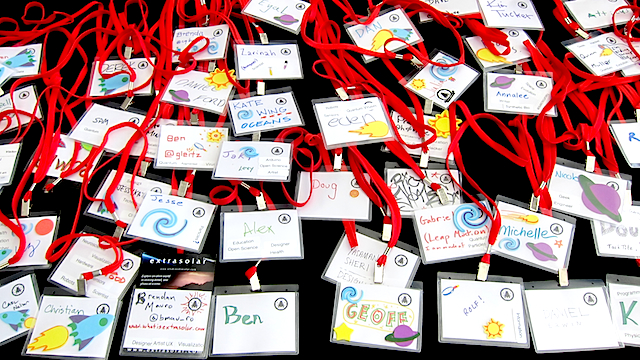What happens when you fill up a giant space with more than 200 eager science fans from around the Bay Area for a weekend? You get Science Hack Day San Francisco, a two-day event where a diverse group of hackers — from developers and designers to scientists and students — works side-by-side to see what they can quickly create within 24 consecutive hours.
“To me, a hack is a modification of something for a purpose that wasn’t originally intended for. So this can be used for something good or something bad,” said Ariel Waldman, the organizer or “global instigator” of Science Hack Day, at the most recent event held this past September. Science Hack Day isn’t an official organization or company, but they do help coordinate a loose grassroots network of people who are interested in experimenting with science.

“And so hacks are really just clever ideas for how to modify things,” she said. “We mostly use it to create amazing things no one would have thought of. And other people use it to do bad things like hack computers and get people’s personal information. But here, we’re just all too excited to do any of the bad stuff,” she laughed.
While Ariel’s a designer by trade, she invests a lot of her time into science-related projects.
“I just really like the idea about playing with science and playing with different things. And so to me, Science Hack Day is all just about getting excited and trying to prototype stuff as much as you can. It’s really not about having any specific skill set.”

Science Hack Day sparked to life at an “Open Science” panel at the SXSW media festival several years ago.






